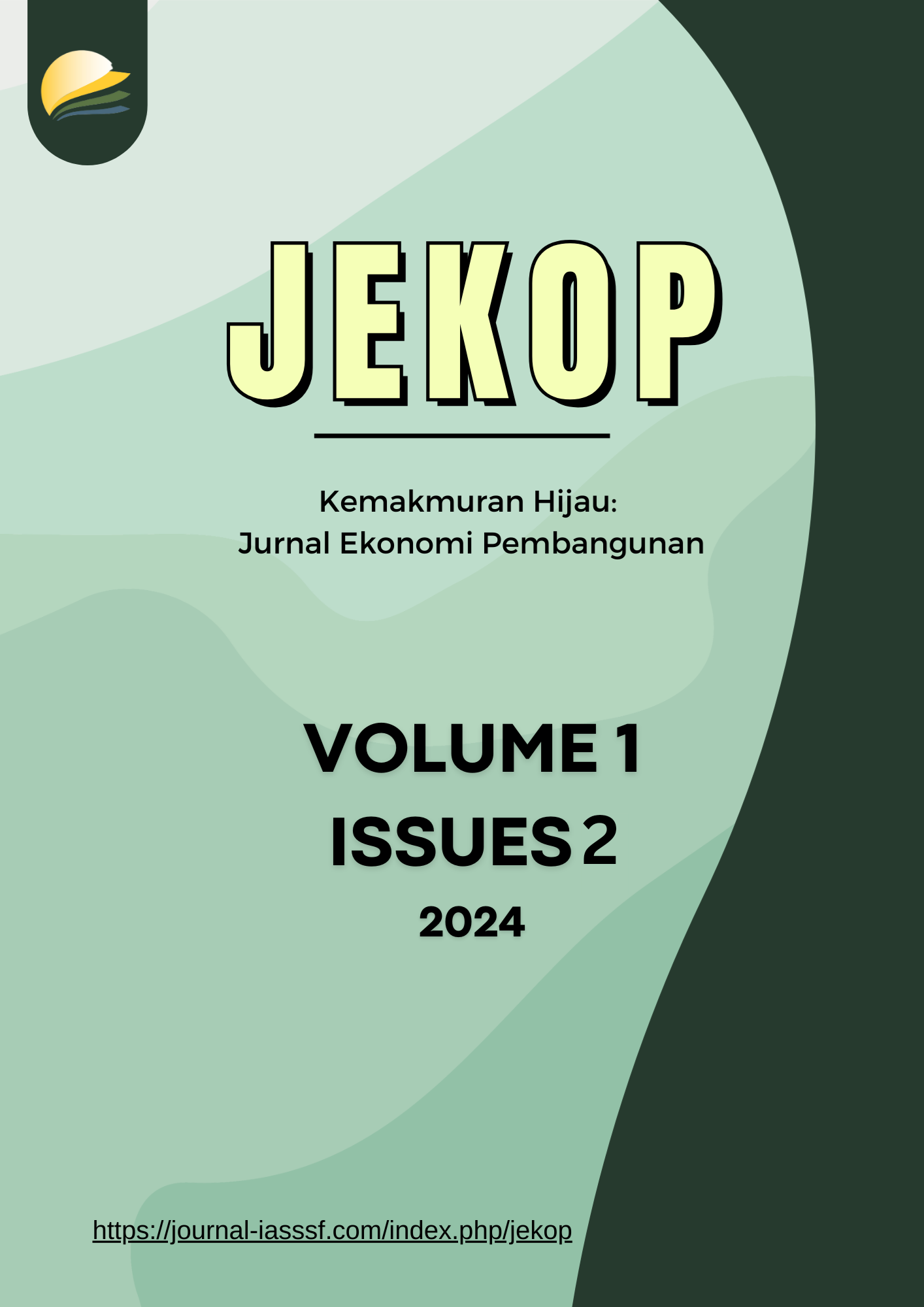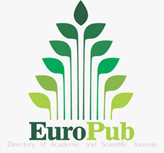Agricultural development model and transformation: An economic perspective on rural development and technological innovation
Keywords:
agriculture, economic development, model of transformationAbstract
Background: Economic development aims to increase people's income gradually and sustainably, with a model that includes structural, institutional, and technological transformation. This study focuses on Siwal Village to examine the challenges of development and application of technology in the agricultural sector. Methods: This study uses a qualitative approach to understand the development conditions in Siwal Village, Baki District, Sukoharjo Regency. The research location was chosen purposively, namely Siwal Village, which has characteristics that are relevant for development analysis. Data collection techniques were carried out through in-depth interviews with various sources and literature studies to obtain supporting secondary data. The data obtained were analyzed using qualitative descriptions to describe the phenomena that occurred in the village, including structural, institutional, and technological changes. Findings: The results of the study show that Siwal Village has experienced significant structural changes, with the agricultural sector's contribution decreasing, while the industrial and service sectors have increased rapidly. In addition, institutional transformation has also occurred, with changes in the village economic management system and strengthening of local institutions. Agricultural technology has also been introduced, but its application is still limited due to the lack of knowledge and human resource capacity in managing the technology. Conclusions: The agricultural development process in Siwal Village needs to adopt the Diffusion model, which emphasizes the dissemination of efficient agricultural technology and training human resources to improve their ability to manage modern agriculture. With the application of appropriate technology and increasing community capacity, agricultural development in Siwal Village can improve and contribute to sustainable village economic welfare. Novelty/Originality of This Study: The novelty of the study lies in the combination of the economic development model with the Diffusion of Innovations theory, which describes the spread of new technologies in the agricultural sector.
References
Hartanto, D. (2021). Pembangunan Pertanian di Kabupaten Simalungun Pada Masa Orde Baru. MUKADIMAH: Jurnal Pendidikan, Sejarah, dan Ilmu-ilmu Sosial 5(2), 216-224. https://doi.org/10.30743/mkd.v5i2.4080
Indarti, I. (2015). Model Peningkatan Kesejahteraan Masyarakat Pesisir Melalui Penguatan Kelembagaan Koperasi Nelayan Berkelanjutan. Jurnal Dinamika Ekonomi & Bisnis 12(1). http://dx.doi.org/10.34001/jdeb.v12i1.379
Isbah, U., Iyan, R. Y. (2016). Analisis peran sektor pertanian dalam perekonomian dan kesempatan kerja di Provinsi Riau. Jurnal Sosial Ekonomi Pembangunan 7(19), 45-54.
Nuraini, C., Darwanto, D. H., Masyhuri, M., Jamhari, J. (2016). Model Kelembagaan pada Agribisnis Padi Organik Kabupaten Tasikmalaya. AGRARIS: Journal of Agribusiness and Rural Development Research 2(1), 9-16. https://doi.org/10.18196/agr.2121
Wahyuni, D. (2017). Penguatan kelembagaan petani menuju kesejahteraan petani. Jurnal Kesejahteraan Sosial 10(17), 9-12.
Yuwono, T., Widodo, S., Darwanto, D. H., Indradewa, D., Somowiyarjo, S., Hariadi, S. S. (2019). Pembangunan Pertanian: Membangun Kedaulatan Pangan. UGM PRESS.
Downloads
Published
Issue
Section
Citation Check
License
Copyright (c) 2024 Athallah Pascafitra, Elya Ayu Arisa, Muhammad Rivaldo Aldiansyah, Naia Astri Arimbi, Humaira Adiba Syarif, Ernoiz Antriyandarti

This work is licensed under a Creative Commons Attribution 4.0 International License.















